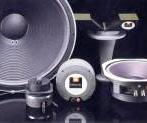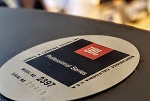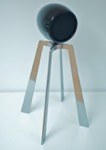Dear all,
I'm looking for the the cabinet data and port dimensions for the 4367. We have excellent data for the M2 and even CAD files out there, but I have not seen such data for the 4367.
I'm planning to build a pair but flirting a bit with the old L300 design (slanting front and glass top), albeit 2 way.
I will be using either 2430/D2, 2451SL or 2451Be. It will be fun to test them on the 4367 WG as I have not had that before. The M2 WG's I'm reasonable familiar with in different setups and do prefer the 4" driver on them.
-And of course BSS DSP active, but that will be a later story
Any input welcome.
Kind regards
//Rob






 Reply With Quote
Reply With Quote





